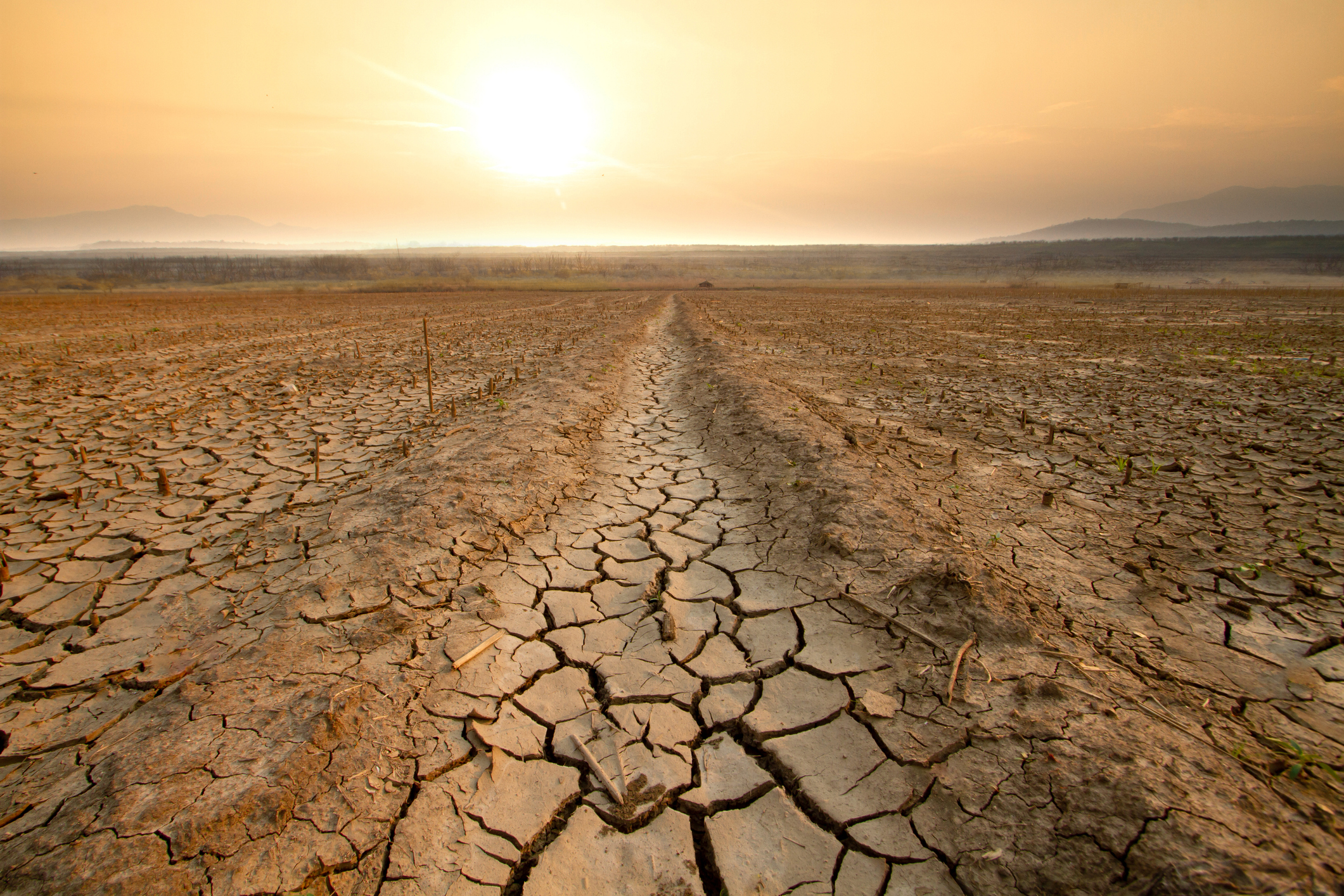
Environmental Risks and Insurance – Navigating Climate Change
Environmental Risks and Insurance: Navigating Climate Change
For centuries, insurance companies have thrived by predicting and pricing risk. Floods, fires, and other natural disasters were factored into premiums, creating a delicate balance between protection and profit. But climate change has thrown a wrench into this delicate machinery. The once-predictable patterns of these events are changing, becoming more frequent, intense, and costly.
The ground the insurance industry once relied on for stability is now constantly moving, making it harder than ever to chart a safe course. This is the challenge facing the insurance industry today — it must adapt to a new risk landscape where the old rules no longer apply.
There is an intricate relationship between climate change and the insurance industry, bringing challenges, opportunities, and potential solutions that could reshape the industry and ensure its continued relevance in a rapidly changing world.
Challenges Facing the Insurance Industry due to Climate Change
There are several challenges facing the insurance sector regarding climate change, which we discuss below.
Underwriting practices
Traditional insurance models may not adequately account for the long-term risks associated with climate change, such as rising sea levels and extreme weather events, leading to underpricing of risks and potentially higher costs for policyholders in the future.
Investments in fossil fuels
Some insurance companies invest in fossil fuel projects, contributing to climate change. This investment can be a conflict of interest, undermining the industry’s efforts to promote environmental sustainability.
Limited coverage for certain risks
Some environmental risks, such as those associated with climate change, may be excluded from traditional insurance policies, leaving individuals and businesses vulnerable to financial losses in an environmental disaster.
Opportunities for Innovation and Growth in the Face of Uncertainty
Insurance companies can incentivize environmentally friendly practices and reduce the risks associated with climate change in several ways.
Risk mitigation
Insurers can incentivize environmentally friendly practices by offering lower premiums for policyholders who take steps to reduce their environmental risks. For example, homeowners who install solar panels or energy-efficient appliances may be eligible for discounts on their property insurance.
Funding for green initiatives
Insurance companies can invest their capital in renewable energy projects, sustainable infrastructure, and green technology. These investments can help to accelerate the transition to a low-carbon economy and mitigate the effects of climate change. Aviva, one of Canada’s top insurance providers, has announced plans to investment significantly in green assets.
Raising awareness
Insurers can play a role in raising public awareness about environmental risks and promoting sustainable practices. They can do this through education campaigns, product development, and partnerships with environmental organizations.
The Way Forward
The relationship between insurance and the environment is constantly evolving. As the effects of climate change become more apparent, the insurance industry will need to continue to adapt and innovate to ensure that it plays a positive role in protecting the planet.
The insurance industry can be a powerful force for good in the fight against climate change. By developing innovative products and services that incentivize sustainable practices and help communities adapt to the changing climate, they can play a vital role in building a more resilient future.